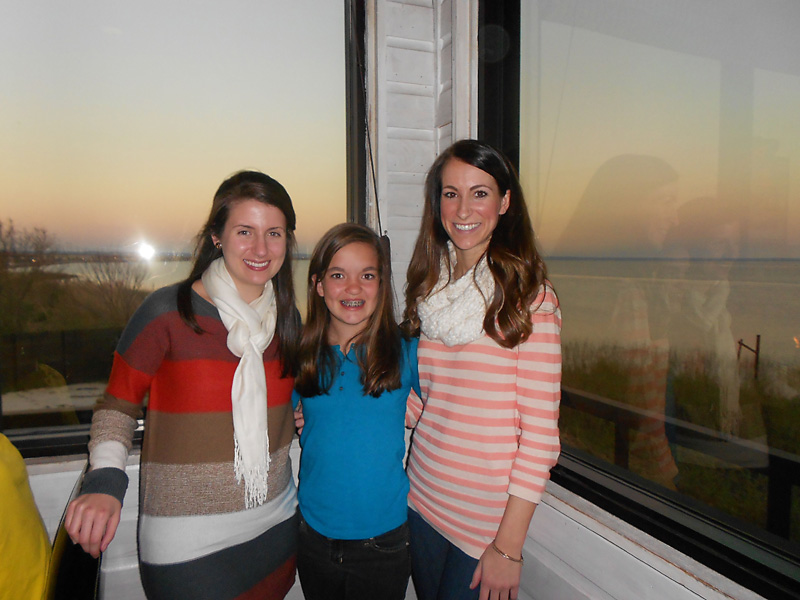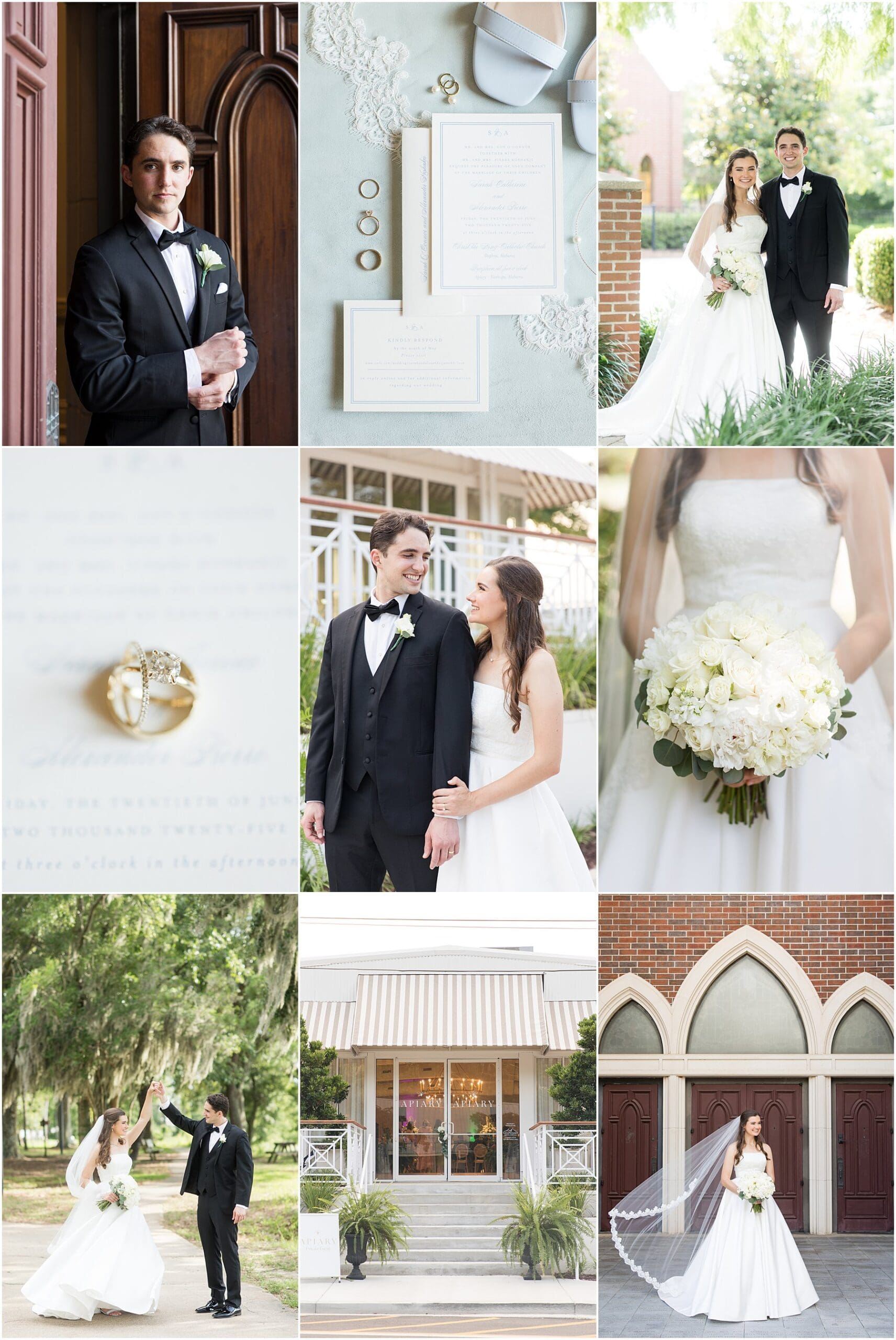Types of Digital Cameras
Selecting the Right Type of Camera: DSLR vs. SLR-like vs. Point & Shoot
So now that I’ve given you the low-down on the camera lingo, you’re ready to move on to the first step in the camera buying process–deciding which type of camera is right for you. Today there are generally three basic types of digital cameras: DSLR, SLR-like and point and shoot (P&S). Each are suited to different needs and each offer different levels of creative control. Knowing how much creative control you desire to have will steer you toward the right type of camera to buy. Ultimately, you might find that two of the three types would fit your needs. It all depends on how you plan to use the camera and what you’ll be taking photos of most often.
Without going into too much detail here’s a brief description of each camera type and how the different characteristics can affect your buying decision:
1. DSLR
The SLR portion of DSLR stands for Single Lens Reflex (the D meaning digital). Like the 35mm film cameras, these cameras have true shutters that open and expose the sensor (film back in the day) to light. When you look through the viewfinder, you’re really looking through the actual lens and a mirror reflects what is in front of the lens onto the sensor when you release the shutter. When you release the shutter, the photo is created instantly, which makes DSLRs ideal for fast-moving subjects. A DSLR also gives you total creative control over all elements of the Exposure Triangle (ISO, aperture and shutter speed). This creative freedom comes at a price. DSLRs are generally going to be the most expensive type of camera. They also open the door to the world of interchangeable lenses, which can be fantastic if you’re looking for creative control and don’t mind carrying a separate bag for your camera gear. Again, it all depends on you and what will suit your needs.
DSLR Pros: Total creative freedom, ability to change lenses, good low light performance, ability to freeze fast action, superb image quality
DSLR Cons: Bulkier camera body, lenses require additional investment, camera and gear will require their own bag (i.e. won’t fit in your pocket or purse)
Almost all images on this site, including the one below, are taken with a DSLR:

2. SLR-like
“SLR-like” cameras are sort of a hybrid category of cameras that teeter between offering the creative controls of a DSLR and the compactness of a P&S. SLR-like cameras do not have through the lens viewfinders, meaning there isn’t an actual mirror reflecting what the lens sees to the sensor. However, these types of cameras do generally have a wide range of manual settings and sometimes have the option of interchangeable lenses. If you’re not sure if you’re ready to enter DSLR world, but you want more than a P&S camera can offer, then an SLR-like camera is a great option.
SLR-like Pros: Fairly compact in size, generally have optional accessories, moderate to high level of creative control, generally acceptable low light performance
SLR-like Cons: Lack of total creative control, no true shutter so there will always be a slight delay between pressing the button to take the photo and the photo actually being taken, but possibly a shorter delay than with a P&S
I own an SLR-like camera for when I don’t want to bring, or can’t bring, my DSLR. Here’s an example of an image taken in Manual mode and another taken in auto mode.

3. Point and Shoot (P&S)
P&S cameras are the most common type of digital camera. They’re very compact and have very limited to zero creative control outside of optional presets. Most people see no difference between a P&S and the camera on their phone, especially now that the phones in are cameras have become so advanced. P&S cameras are great if you just want a small step up from your camera phone, aren’t concerned about creative control and want something super compact that you can take with you pretty much anywhere. P&S cameras will still deliver good photos in certain circumstances, but there are certain situations these cameras do not handle well (high action sports, fast moving children, wildlife photography, etc.).
P&S Pros: Compact size, easy to use (zero to small learning curve), perform well in standard lighting conditions where there isn’t a lot of movement
P&S Cons: Lack of creative control, no actual shutter so there will always be a lag between pressing the button to take the photo and the photo actually being taken (this is what leads to blurry photos), no option to change lenses
This photo (courtesy of my sister Katherine) was taken with a P&S:

A comparison of DSLR vs. SLR-like vs. P&S:

Which Type is Right for You???
It depends on how interested you are in having creative control. Do you want to have the extra baggage (literally and budget wise) that comes with owning a DSLR? Do you want something that will fit in your purse? Do you want something that you can let your kids use? Do you want a camera that will last you a year or two, or are you looking to invest in a camera that you will have for several years? Do you want moderate creative control, but don’t care about having full creative control? Are you thinking you’ll just stick with your camera phone because that one works good enough for you?
There are no correct answers to these questions, there are only your answers. I generally advise family and friends that are interested in learning more about photography and are dissatisfied with the shutter speed capabilities on their current P&S camera, to go ahead and look at SLR-like and entry level DSLRs. Budget (we’ll talk more about that factor in the next post in this series) might end up being the deciding factor. If you’re happy to leave the understanding of photography to the pros, but think you’ll occasionally want moderate creative control, then I recommend you look at the SLR-like cameras. If you doubt you’ll ever take your camera off auto and will be using your camera in average lighting conditions on average subjects, then you’ll likely be happy with a P&S. The worst thing you can do is spend money on something you will not use. That’s the number one thing that will lead to buyer’s remorse. However, if you take time to think about how you will use the camera and ask yourself some of the questions I’ve noted above, I think you’ll find the camera that is perfect for you.
Next Friday, in the third and final post in this series, we’ll tackle the actual shopping process. I’ll point out the key things to note when comparing camera models. Those spec sheets can get confusing! Until then, start thinking about which type of camera seems to best fit your needs and lifestyle. Don’t forget to post any questions in the comments section below!






add a comment
+ COMMENTS